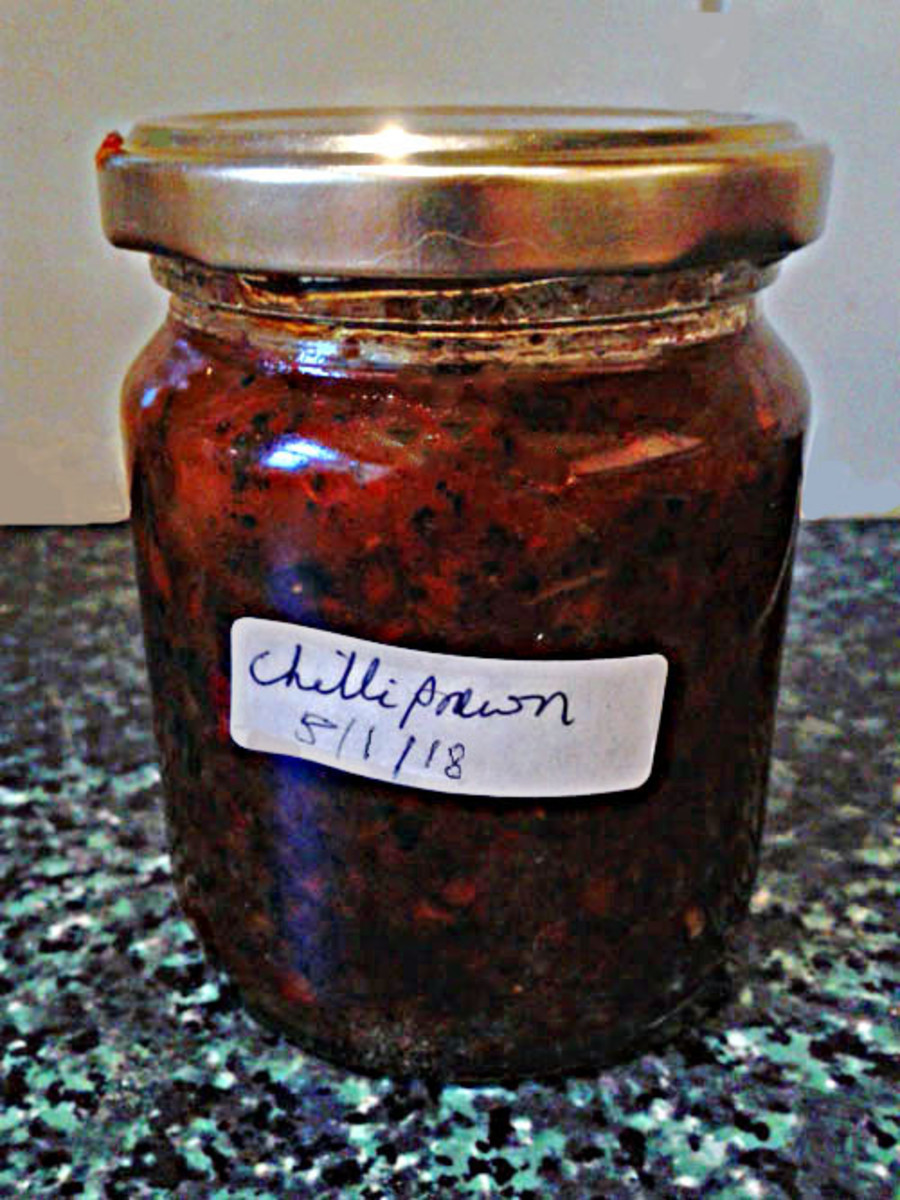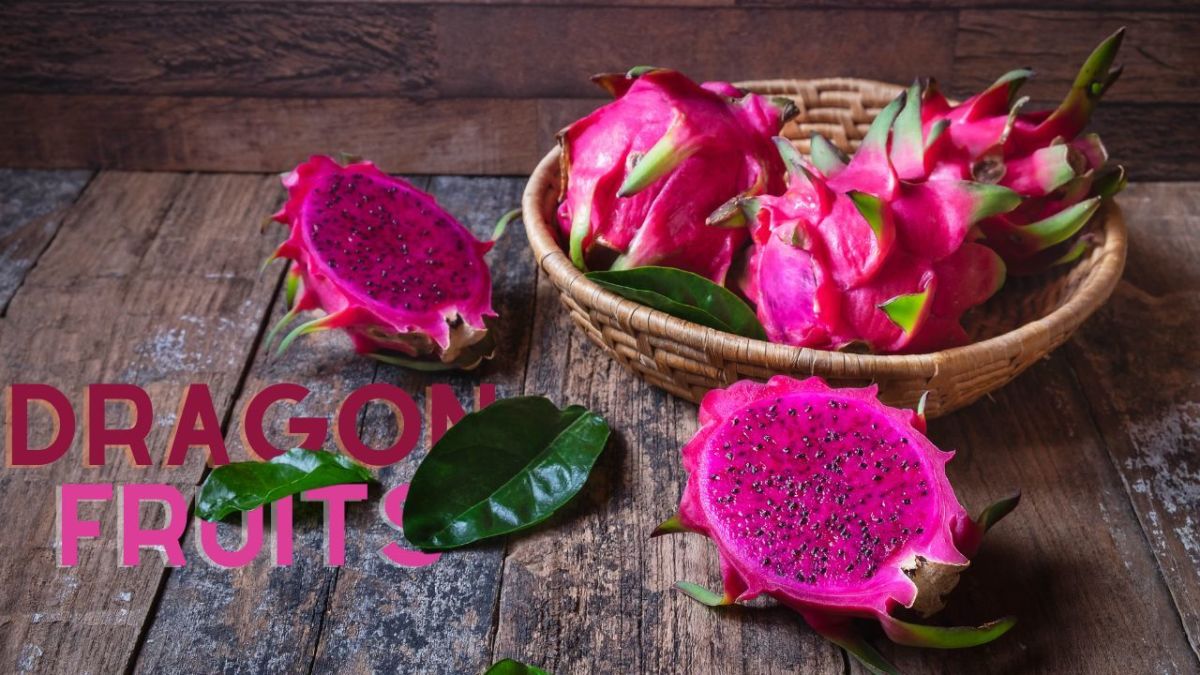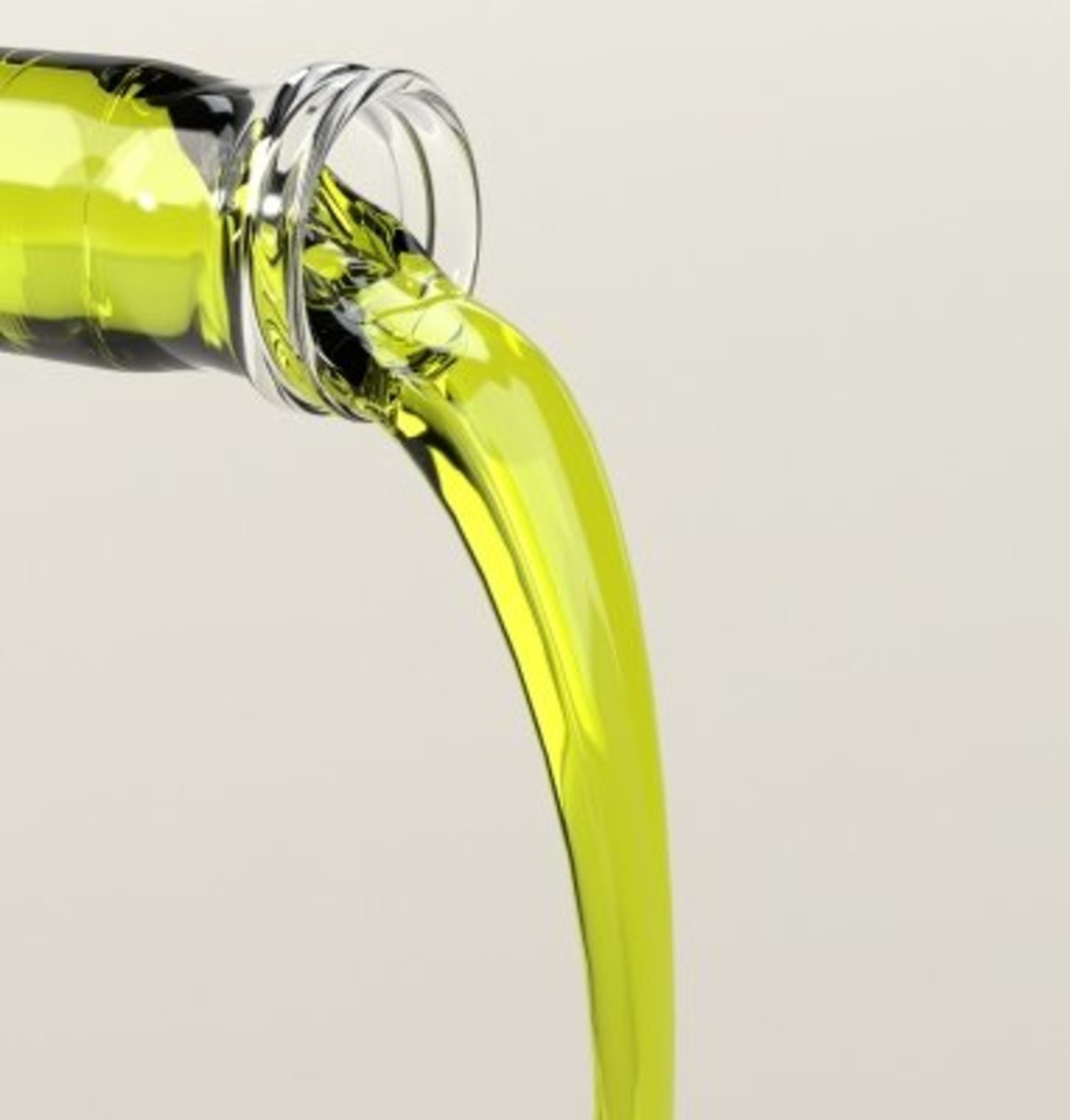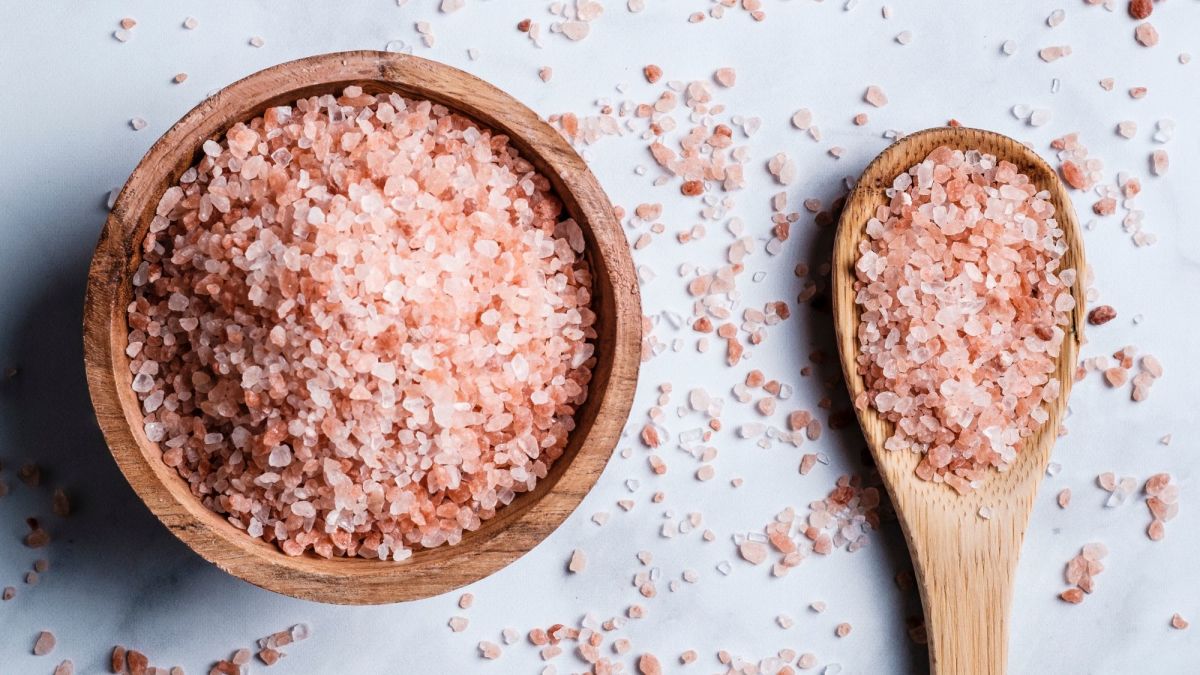Are You Hot For Chillies?
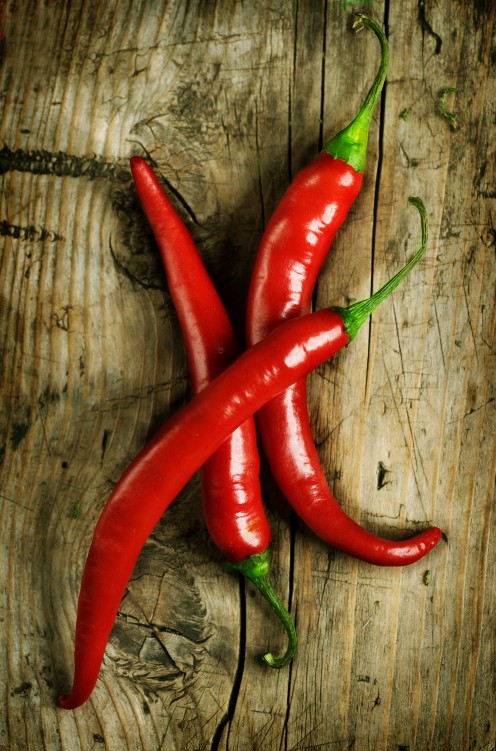
Introduction
We love our spice. It is what makes food so great. A few red chillies here, a slice of green chilli there – chillies are part and parcel of many a dish that is prepared across the globe.
But how did this wonderful spice emerge? Is it a spice or a vegetable? Actually, it is a fruit of a plant! Let's take a look at the amazing chilli, it’s history, how you can score its heat and the health benefits attached to it.
The History Of Chillies
I read somewhere that the history of the chilli is an ‘interesting example of a simple, powerful food with a complex story’. Currently, over one quarter of the entire earth's population across the globe consumes chillies on a regular basis. They belong to the capsicum family.
You may be surprised to hear that it was Christopher Columbus who introduced chillies to the world during his travels seeking new trade routes.
It was in fact discovered accidentally by him in the Caribbean when he was searching for black peppercorns which were at the time called 'black gold'. Black peppercorns were then being used as currency to pay salaries and rent. Until the early 1400s, a large part of the chillies from the world were being exported from the Malabar coast in India. Later on, the Ottoman Empire cut off this trade route and stopped export for a while.
It still remains unclear as to where exactly chillies originated. They have been a part of the human diet back in 7500 BC. More recent research has found that they were adopted as a part of regular food in Mexico over 6000 years ago.
As time passed and with the discovery by Christopher Columbus, chillies began to make their way around the world. This spread is attributed primarily to Portuguese traders. Currently, China leads the world with the highest quantity of chilli production at 48% of the total global quantity.
Heat Scoring – Scoville Heat Units
Why are chillies hot? The spicy heat that is present within chillies is primarily due to a compound called capsaicin. There are hundreds of varieties of chillies currently available and each one of these have different quantities of capsaicin within them.
When chillies are consumed, the capsaicin can bind to pain receptors within the mouth. This stimulates a series of reactions and signals that are transmitted to the brain as a form of pain.
There is currently a scale called the Scoville Heat Units that is used to grade how hot a chilli actually is. The regular chilli that we use in Indian cooking is around 20,000 to 30,000 Scoville heat units or SHU. The hottest chilli in India is called the ghost pepper or Bhut Jalokia which is 1.58 million SHU! The hottest chilli in the world currently is the Pepper X measuring over 3 million SHU.
The hottest chillies in the world are so spicy, that a single drop of their extract is sufficient to spice up a whole pot of your favourite curry. A drop this on the skin can lead to skin burns! Don’t even attempt to eat these raw as they can cause severe burns inside the mouth and the food pipe.
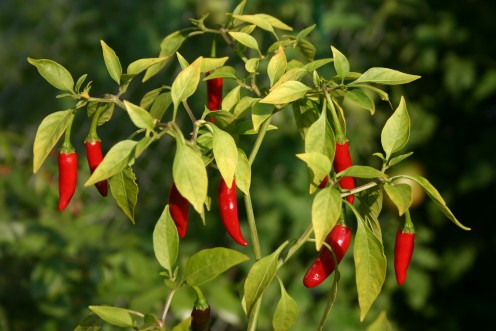
Do Chillies Have Any Nutritional Value?
Given the quantity of chillies that are actually added to our food, it is unlikely that we will reap any benefits with respect to the chillies nutritional value. That being said, the raw red hot chilli peppers contain vitamins A, B6 and C in addition to minerals such as iron, magnesium and potassium.
You may be surprised to hear that chillies can contain up to 7 times the vitamin C level of an orange. It is also believed to have some role in boosting metabolism and promoting weight loss. Some studies have found that chillies may play a role in preventing and treating some forms of cancer such as lung cancer and prostate cancer.
The quantity of these nutrients is in minuscule amounts and hence it is not recommended that we ever consider these as a healthy food source. In fact, some individuals who consume foods that contain a large number of chillies in them develop hyper acidity problems including indigestion, bloating and gastritis.
The best remedy if you chew down on a chilly is to consume some cool yoghurt or a glass of milk. This is because the casein that is present in the milk fights with the capsaicin and prevents it from binding to the pain receptors. This can help reduce the sensation of burning and pain in the mouth.
Chillies seem to have some medicinal uses as well, though it is not recommended in the treatment of medical problems. For example, in one study conducted in the University of Cincinnati, capsaicin lowered blood pressure and lowered the level of cholesterol as well. This in turn prevents the development of atherosclerosis and heart disease.
Similarly, chillies are high in antioxidant compounds that can fight harmful free radicals. Previously, chillies were being used as a part of a concoction with camphor, asafoetida and cumin seeds to treat diarrhoea. It also appears to have a role in the treatment of migraine attacks. Capsaicin is sometimes used in supplements that help aid weight loss.
Closing Remarks
The history of the chilli is remarkable. The taste of chillies is even better but must be indulged in with caution. While there appears to be certain health benefits of eating chillies on a regular basis, it is best limiting its use to spicing up your favourite foods rather than munching on them as a side dish. You will still reap the benefits of the capsaicin that has been released into your curry during the cooking process.
© 2018 Dr Vivek Baliga B

